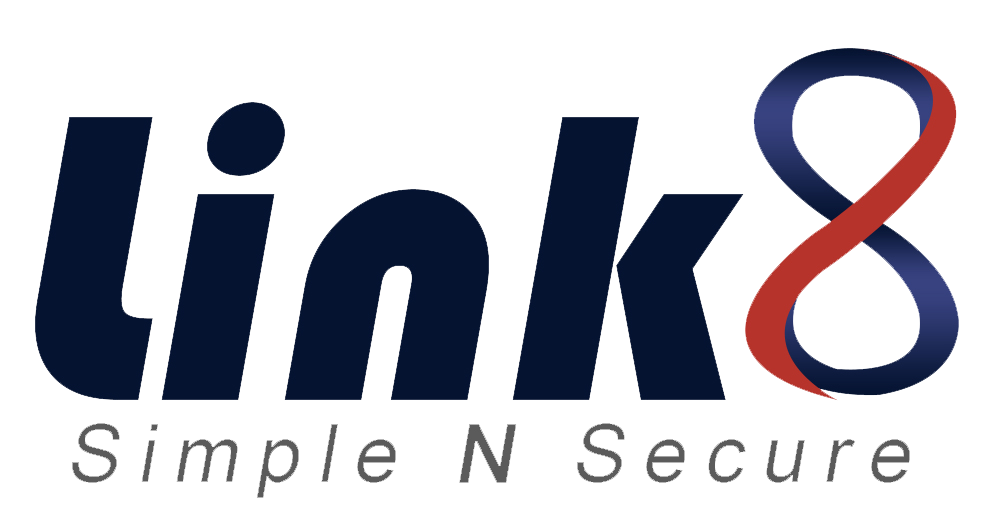Building an Impressive Software Portfolio: Showcasing Your Work to Employers
In the competitive landscape of the tech industry, having an impressive software portfolio is an essential tool for SoftwareProfessionals to stand out from the crowd. A well-crafted portfolio not only demonstrates your technical skills but also showcases your creativity, problem-solving abilities, and real-world applications of your knowledge. In this comprehensive guide, we’ll walk you through the process of building an impactful software portfolio that captivates potential employers and sets you on the path to success.
Why a Software Portfolio Matters
A software portfolio is your visual resume, allowing employers to gauge your expertise and potential contribution to their projects. It offers a tangible representation of your skills and accomplishments, enabling employers to quickly assess your capabilities and decide if you’re a good fit for their team.
Choosing the Right Projects
Selecting the right projects to include in your portfolio is crucial. Here’s how to make informed choices:
- Relevance: Choose projects that align with the job roles you’re targeting. For instance, if you’re interested in front-end development, prioritize showcasing projects that highlight your skills in that area.
- Diversity: Include a mix of projects that showcase different technologies, languages, and types of applications. This demonstrates your versatility and adaptability as a developer.
- Complexity: Showcase projects of varying complexities. Having a mix of simple and challenging projects demonstrates your ability to handle different levels of technical intricacies.
Crafting the Portfolio
Now let’s dive into the steps for creating an impressive software portfolio:
- Clear Structure and Navigation:
Your portfolio should be easy to navigate. Use a clean design, intuitive navigation menu, and organized sections. Sections may include:
- Home: An introduction to you and your skills.
- Projects: Detailed descriptions of your showcased projects.
- About: A brief bio highlighting your background, interests, and goals.
- Contact: Information for potential employers to reach out.
- Detailed Project Descriptions:
For each project, provide in-depth information:
- Project Overview: Briefly describe the project’s purpose and goals.
- Tech Stack: List the technologies, frameworks, and languages you used.
- Challenges: Explain any challenges you encountered and how you overcame them.
- Solution: Detail your approach and the solutions you implemented.
- Code Samples: Include code snippets to showcase your coding style.
- Visuals: Add screenshots, videos, or interactive demos of your project.
- Focus on Quality Over Quantity:
It’s better to have a few high-quality projects than a large number of mediocre ones. Showcase projects that reflect your best work and are thoroughly polished.
- Process and Documentation:
Include information about your development process. Explain how you planned, designed, implemented, and tested your projects. This demonstrates your professionalism and methodology.
- Continuous Learning:
Showcase your commitment to learning by including a section highlighting online courses, workshops, certifications, or open-source contributions. This showcases your dedication to self-improvement and staying updated with industry trends.
- Keep It Updated:
Regularly update your portfolio with new projects and remove outdated ones. This shows that you’re actively engaged in your field and continuously evolving your skills.
Showcasing the Portfolio
Once your portfolio is ready, make it easily accessible:
- Personal Website: Create a personal website to host your portfolio. Having your domain name adds a professional touch.
- GitHub Pages: If you’re a GitHub user, consider using GitHub Pages to host your portfolio.
- LinkedIn: Include a link to your portfolio on your LinkedIn profile.
- Resume: Mention your portfolio’s URL on your resume.
Conclusion
A well-constructed software portfolio is a powerful tool for software professionals seeking career opportunities. It offers employers a comprehensive view of your capabilities, allowing you to leave a lasting impression. By carefully selecting relevant projects, presenting them in a structured manner, and showcasing your development journey, you can elevate your chances of catching the eye of potential employers and landing your dream job. Remember, your portfolio is a reflection of your passion, skills, and dedication to the craft – so invest time and effort to make it shine.


